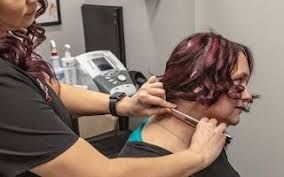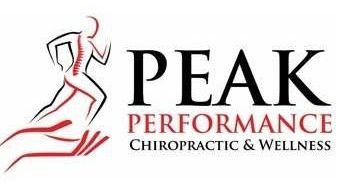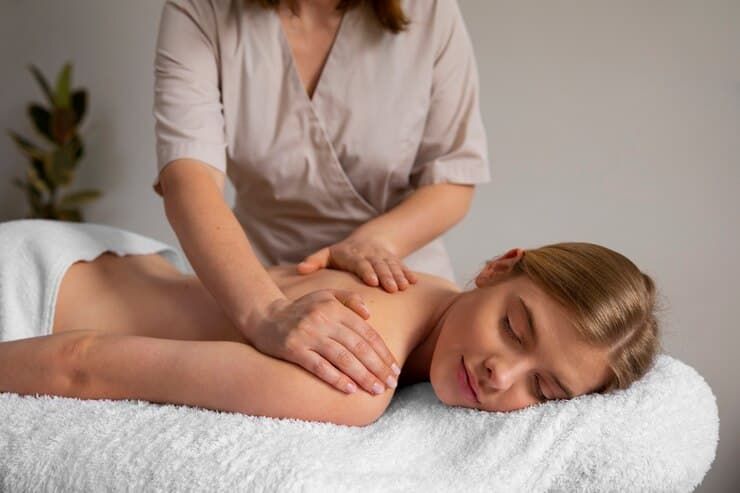How to Floss Your Nerves



Nerve flossing, also known as neural gliding, is an essential technique for maintaining and improving the health of your nervous system. Just like dental floss keeps your gums and teeth healthy, nerve flossing helps to keep your nerves functioning optimally by gently mobilizing them through their surrounding tissues. This practice can alleviate pain, enhance flexibility, and improve overall nerve function.
What is Nerve Flossing?
Nerve flossing involves a series of gentle, controlled movements designed to stretch and glide specific nerves through their pathways. This process helps to reduce adhesions, inflammation, and compression, thereby improving nerve mobility and reducing pain. Nerve flossing is particularly beneficial for individuals suffering from conditions like carpal tunnel syndrome, sciatica, and other nerve entrapment syndromes.
Benefits of Nerve Flossing
- Pain Relief: By reducing nerve compression and irritation, nerve flossing can alleviate chronic pain.
- Enhanced Mobility: Improved nerve gliding can lead to better movement and flexibility.
- Injury Prevention: Regular nerve flossing can prevent the development of adhesions and scar tissue, reducing the risk of nerve-related injuries.
- Improved Function: Ensuring your nerves move freely can enhance overall nervous system function, leading to better coordination and strength.
When and How Often to Floss Your Nerves
Incorporate nerve flossing into your routine when you experience symptoms like tingling, numbness, or shooting pain in your limbs. For preventive care, adding nerve flossing exercises 2-3 times a week to your fitness or rehabilitation routine can be highly beneficial. Each session should last about 5-10 minutes, focusing on the nerves most relevant to your activities or symptoms.
Step-by-Step Guide to Flossing Major Nerves
1. Median Nerve Flossing
- Position: Sit or stand with your arm extended to the side, palm facing up.
- Movement: Bend your wrist so your palm faces outward while keeping your arm extended. Simultaneously, tilt your head away from the extended arm. Lift your palm back to neutral for one repetition.
- Repetitions: Perform 10-15 repetitions per session, ensuring slow and controlled movements.
2. Ulnar Nerve Flossing
- Position: Extend your arm forward with your palm facing up.
- Movement: Bend your elbow and bring your pinky towards your ear while extending your fingers. As you do this, tilt your head towards the same side shoulder. Relax by extending the arm back out straight and tilting your head toward the opposite shoulder for one full repetition.
- Repetitions: Complete 10-15 repetitions, maintaining a gentle and steady motion.
3. Radial Nerve Flossing
- Position: Stand with your arm extended straight down by your side, palm facing back.
- Movement: Flex your wrist and pull your shoulder back into extension, maintaining the wrist flexion. Simultaneously, tilt your head away from the raised arm.
- Repetitions: Do 10-15 repetitions, focusing on smooth and fluid motions.
4. Femoral Nerve Flossing
- Position: Lie on your back with one knee bent and the other leg extended.
- Movement: Lift the extended leg slightly off the ground while flexing the knee towards your chest. Alternate between extending the leg and bringing the knee towards your chest.
- Repetitions: Perform 10-15 repetitions for each leg, keeping the movements controlled.
5. Sciatic Nerve Flossing
- Position: Sit on a chair with one leg extended straight out and the other foot flat on the ground.
- Movement: Flex your ankle so your toes point towards the ceiling, and then bend forward at the hip. Return to the starting position and repeat.
- Repetitions: Aim for 10-15 repetitions on each side, ensuring a gentle stretch without pain.
Conclusion
Incorporating nerve flossing into your routine can significantly enhance your nervous system health, reduce pain, and improve mobility. Always perform these exercises gently and consult with a healthcare professional if you have any underlying conditions or severe symptoms. Regular nerve flossing, combined with chiropractic care and massage therapy, can help you achieve optimal physical health and well-being. Ask our Buffalo chiropractors and massage therapists to show you how to floss your nerves at your next visit!
Bethany Wolcott
D’Youville Chiropractic ‘26












